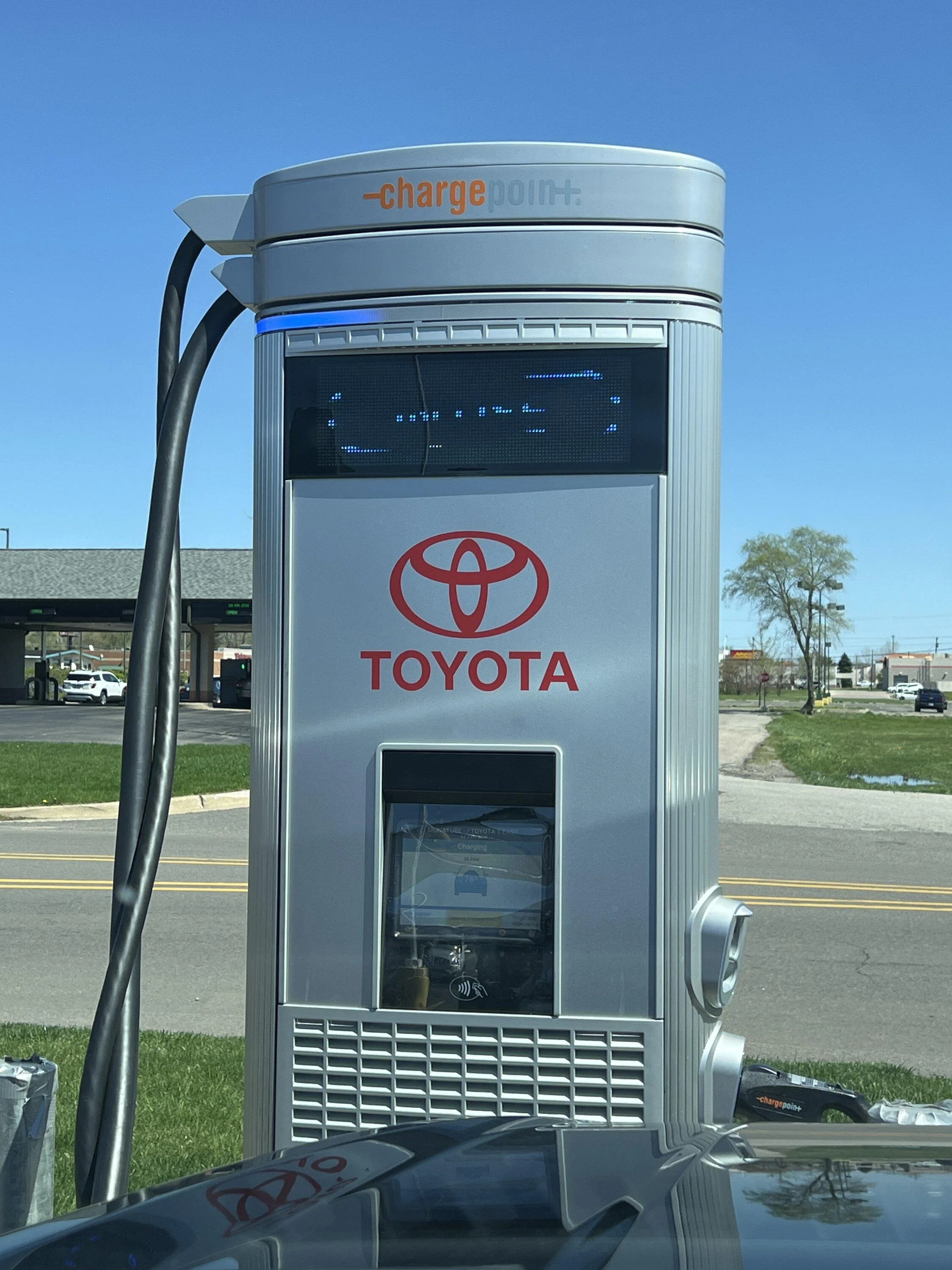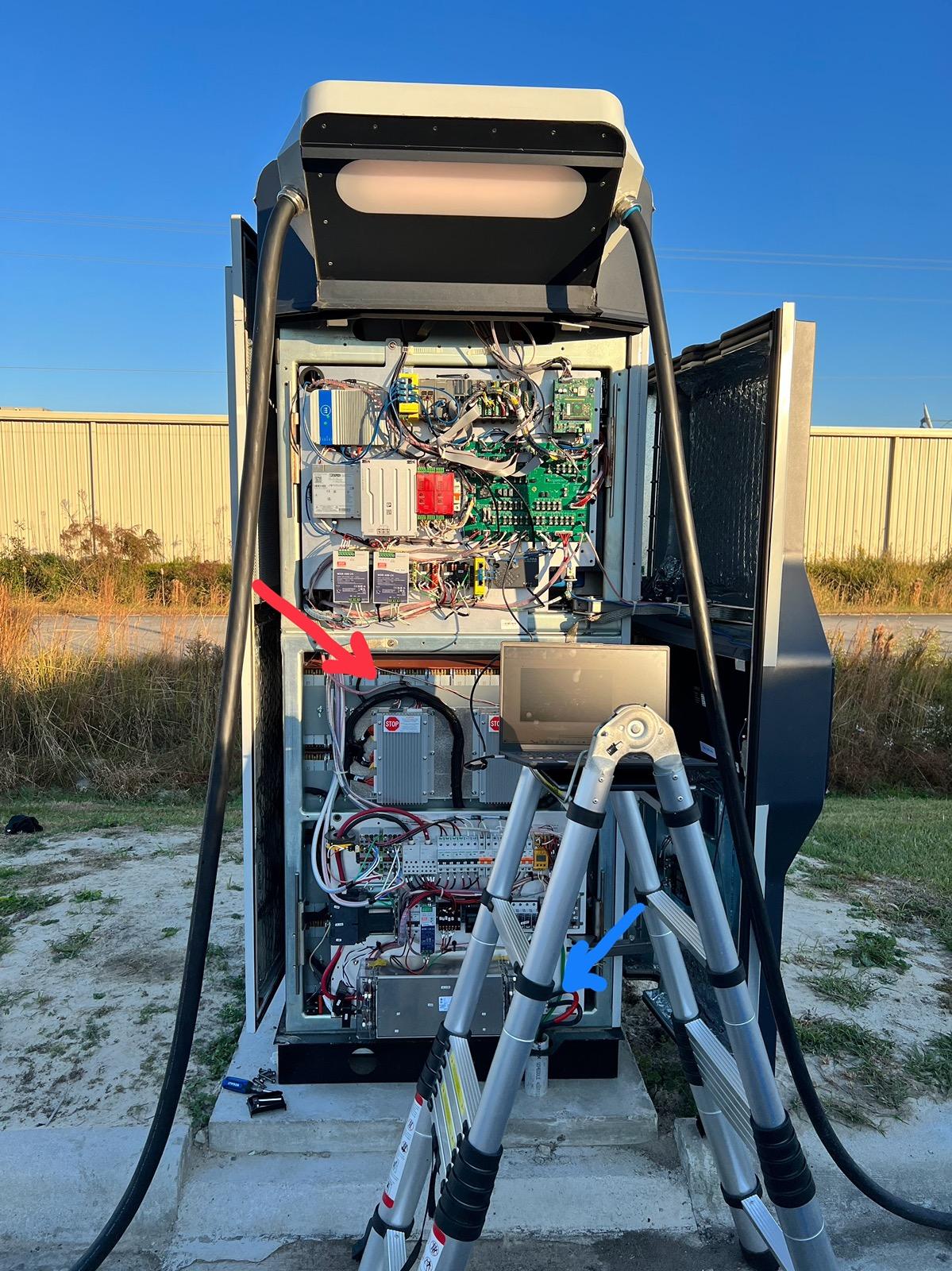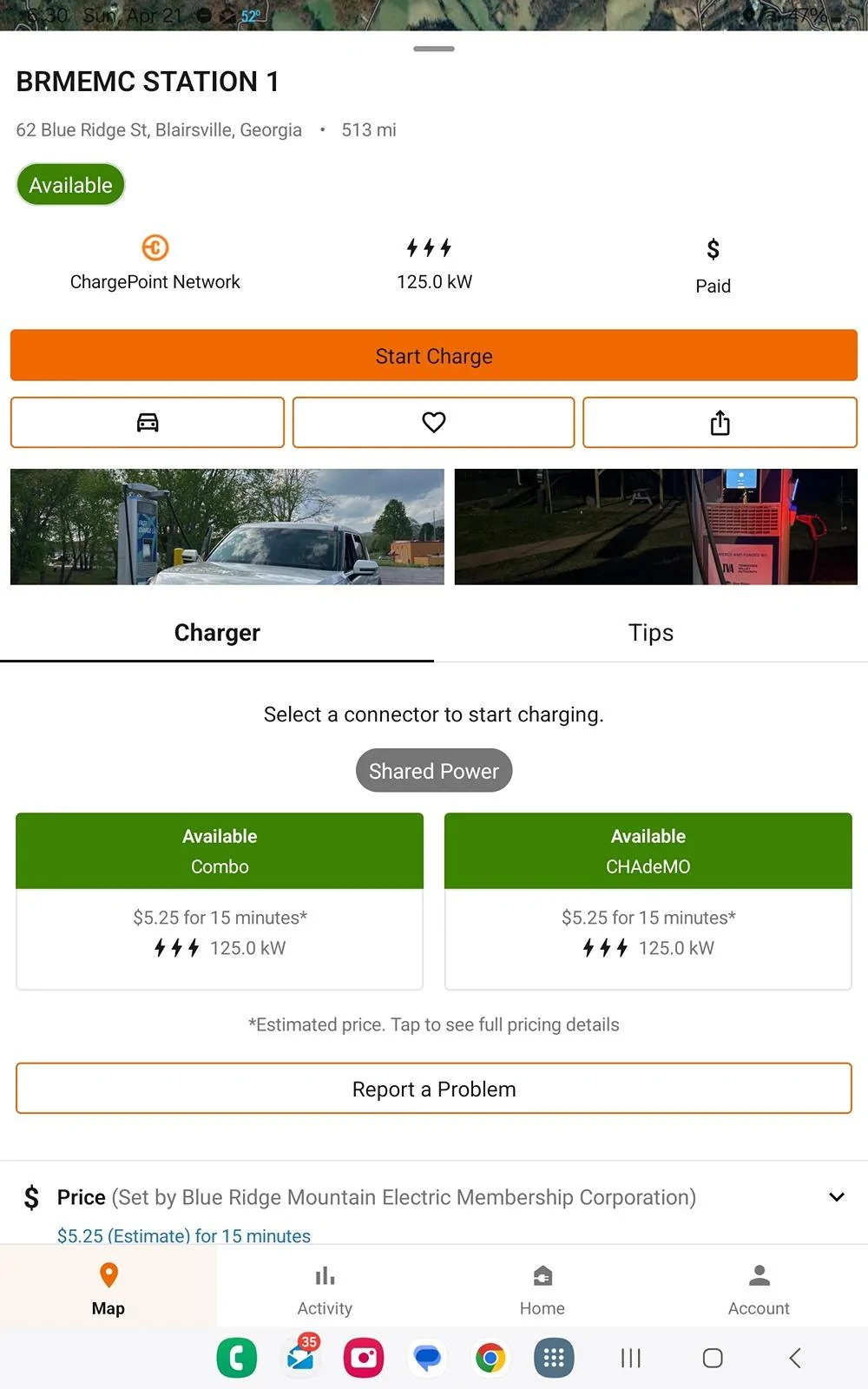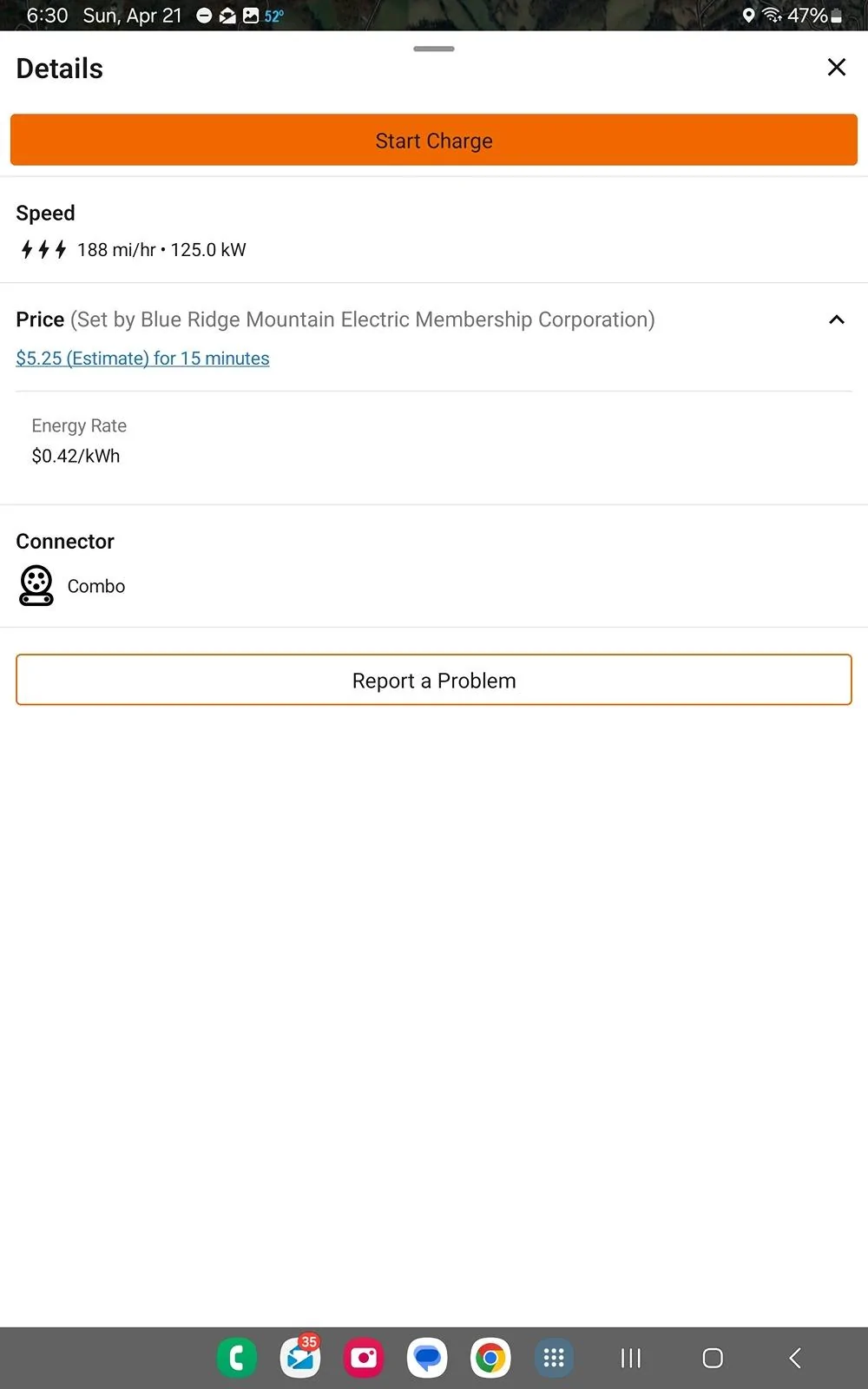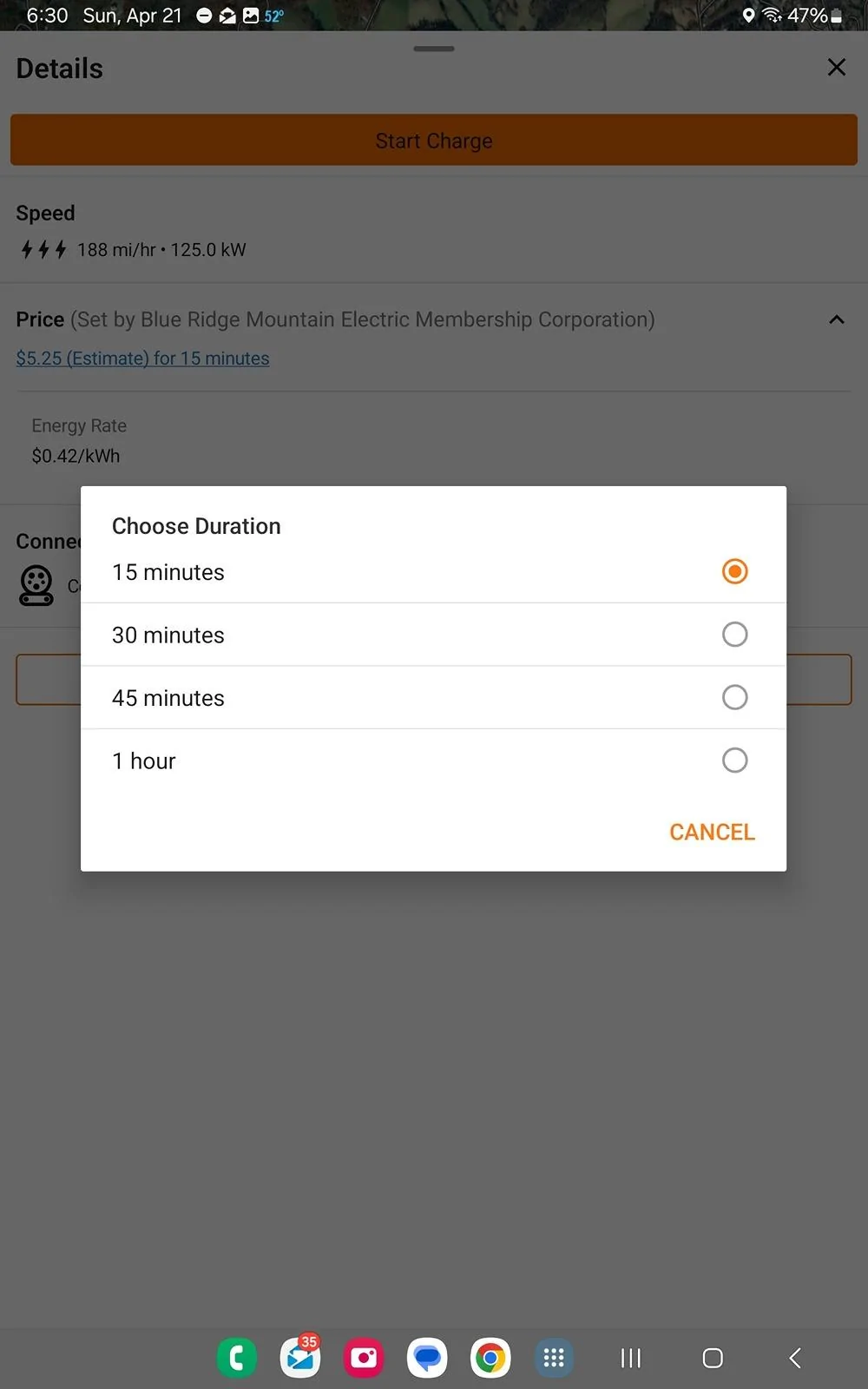bmwhitetx
Well-known member
I worked for an electric utility for 35 years and very familiar with rate structures. It is very easy for a very low load-factor commercial customer to see average rates of over a dollar per kWh.
Small churches could particularly get hit hard in that they would run AC a few hours each Sunday and set a peak demand that followed them for 12 months. Time-of Use demand rates that excluded Sunday demand solves that.
The charging station above is served by Duke Energy Indiana. I looked at their rate structure for commercial secondary. They have a customer charge of $24.54, a demand charge of $21.04/kW, and energy of 5.33 cents/kWh. The single DCFC charger of 62 kW output probably hits 70 kW with conversion losses at the meter. And it needs to only run for 15 minutes to set that demand.
So in a single month the customer charge ($24.54) plus demand charge (70 kW x $21.04=$1473) is a fixed cost of about $1500.
If the station is only used for 20 hours that's an energy usage of 1400 kWh (70 kW x 20 hours). And the energy charge is a measly $75 (1400 x.0533). But the fixed customer and demand cost mean a total bill of $1575.
That's $1.12 per kWh.
There are lots of loads that can experience this: warning sirens, emergency flood pumps, Little League/soccer lights, etc. Sometime utilities will create low-load factor rates to help these customers out.
Small churches could particularly get hit hard in that they would run AC a few hours each Sunday and set a peak demand that followed them for 12 months. Time-of Use demand rates that excluded Sunday demand solves that.
The charging station above is served by Duke Energy Indiana. I looked at their rate structure for commercial secondary. They have a customer charge of $24.54, a demand charge of $21.04/kW, and energy of 5.33 cents/kWh. The single DCFC charger of 62 kW output probably hits 70 kW with conversion losses at the meter. And it needs to only run for 15 minutes to set that demand.
So in a single month the customer charge ($24.54) plus demand charge (70 kW x $21.04=$1473) is a fixed cost of about $1500.
If the station is only used for 20 hours that's an energy usage of 1400 kWh (70 kW x 20 hours). And the energy charge is a measly $75 (1400 x.0533). But the fixed customer and demand cost mean a total bill of $1575.
That's $1.12 per kWh.
There are lots of loads that can experience this: warning sirens, emergency flood pumps, Little League/soccer lights, etc. Sometime utilities will create low-load factor rates to help these customers out.
Sponsored


